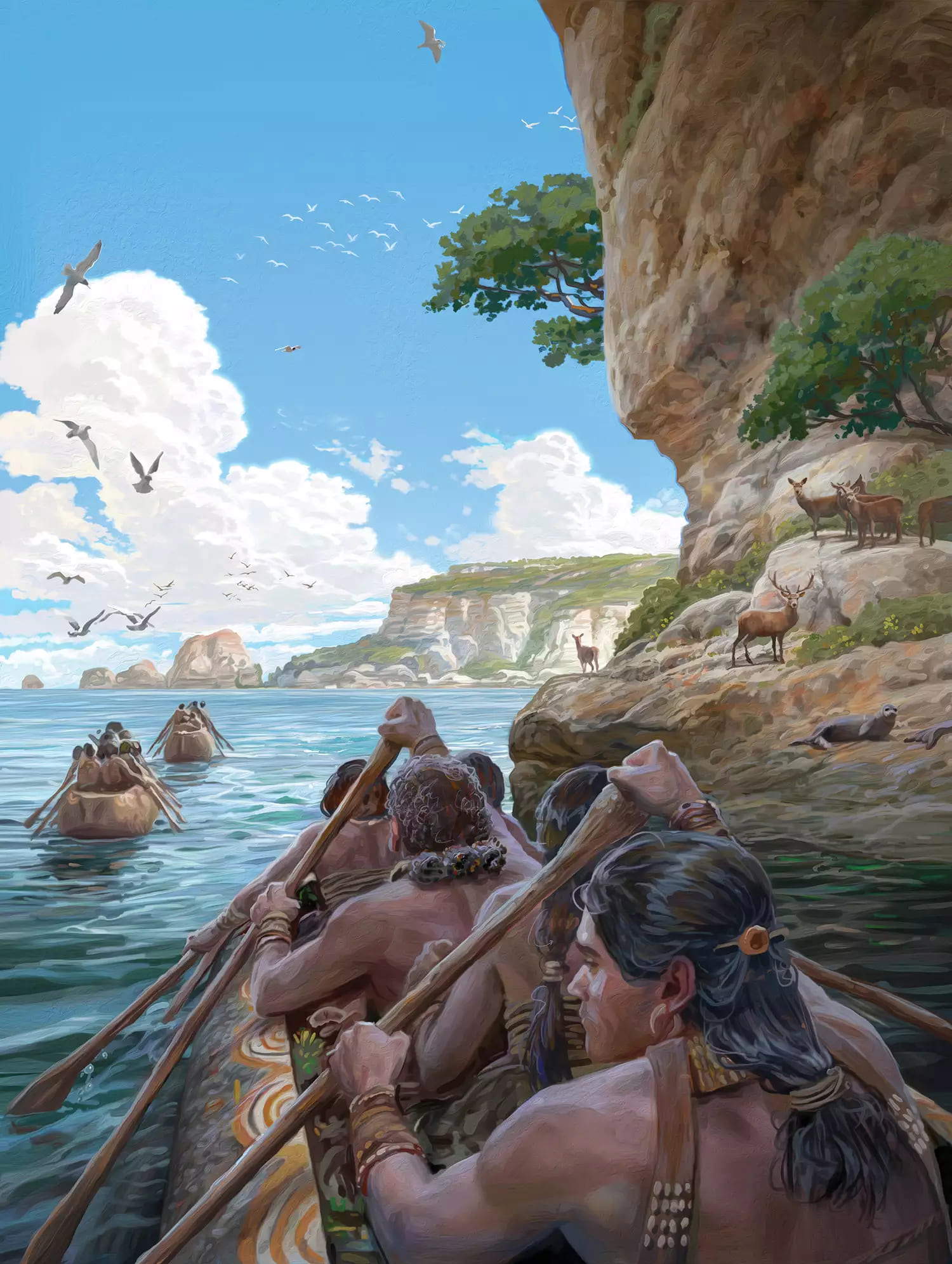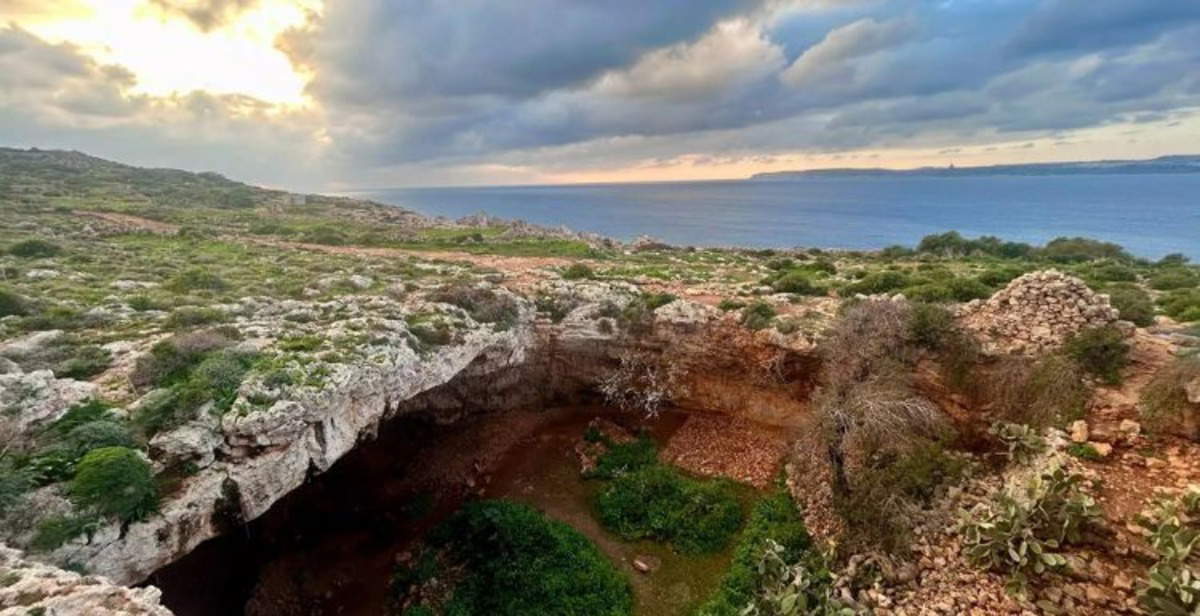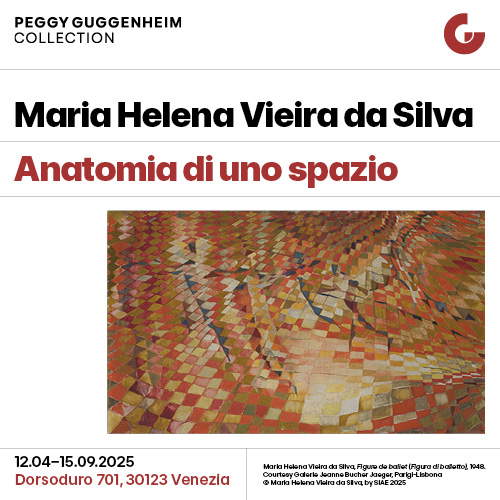Discovery in Malta: hunter-gatherers traveled by sea 8,500 years ago
The prehistoric hunter-gatherers who populated the Mediterranean possessed far more advanced maritime skills than previously believed. This is shown by a new discovery that rewrites the chronology of human presence on Malta: the island was reached and inhabited at least 8,500 years ago, or a millennium before the arrival of the first Neolithic farmers. The results of the study, published in the journal Nature, reveal that these ancient communities were capable of crossing at least 100 kilometers of open sea, an exceptional feat considering that it occurred at a time when boats did not yet have sails.
The research was conducted by an international consortium led by Professor Eleanor Scerri of the Max Planck Institute of Geoanthropology (MPI-GEA), in collaboration with the Maltese Superintendency of Cultural Heritage and funded by the European Research Council and the University of Malta’s Research Excellence Award. The focus of the study is the Latnija cave site, located in the northern Mellieħa region of Malta, where the team found unequivocal archaeological evidence of human presence in a period that predates agriculture in the archipelago by about a thousand years.


Finds include lithic tools, hearth remains and cooked food scraps, evidence of stable and organized habitation. Most surprising is the nature of the faunal remains.
“We found abundant evidence for a range of wildlife, including the red deer, which was thought to be long extinct at this point,” explains Eleanor Scerri. “They hunted and cooked these deer along with turtles and birds, including some that were extremely large and extinct today. The findings add a thousand years to Maltese prehistory and force a reassessment of the maritime capabilities of Europe’s last hunter-gatherers, as well as their connections and ecosystem impacts.”
Archaeologists have also found clear signs of a varied and sophisticated maritime diet.
“We found remains of seals, various fish, including grouper, and thousands of edible marine gastropods, crabs and sea urchins, all unquestionably cooked,” says James Blinkhorn of the University of Liverpool and the Max Planck Institute, one of the study’s corresponding authors.
The presence of these marine species thus suggests a logistical organization capable of handling supplies from different environments. The most surprising finding of the entire research, however, concerns precisely the ability to cross the open sea. Until now, it was thought that only with the advent of agriculture and related technologies, including the invention of sailing, had long-distance sea travel been possible. Instead, the study shows that hunter-gatherers were capable of making crossings of 100 km or more, a feat that required conscious navigation, probably conducted on canoes of reduced instability, taking advantage of sea currents, prevailing winds and astronomical knowledge.
“Relying on sea surface currents and prevailing winds, as well as the use of landmarks, stars and other orientation practices, a crossing of about 100 km is likely, with a speed of about 4 km per hour. Even on the longest day of the year, these seafarers would have had over several hours of darkness in open water,” explains Professor Nicholas Vella of the University of Malta, co-investigator of the study.
The discovery also offers new insights into human diffusion in the Mediterranean and cultural interconnections between Mesolithic communities scattered across islands and coastlines. Indeed, if hunter-gatherers were already able to cross the sea, it is plausible that exchanges, contacts and perhaps even networks of shared knowledge existed among the various island communities. A perspective that opens new questions about the history of early human migration by sea.
The Latnija site also allows us to reflect on the ecological impacts that these early settlements could have generated. The extinction of some of Malta’s endemic animal species, in fact, may have been triggered precisely by human presence. Hunting, environmental pressure and ecosystem modifications resulting from human activities may have accelerated the disappearance of animals now absent from the territory.
 |
| Discovery in Malta: hunter-gatherers traveled by sea 8,500 years ago |
Warning: the translation into English of the original Italian article was created using automatic tools. We undertake to review all articles, but we do not guarantee the total absence of inaccuracies in the translation due to the program. You can find the original by clicking on the ITA button. If you find any mistake,please contact us.



























